After a decade-long hiatus, legendary marque MG has returned with the Cyberster. A 2-seater electric roadster developed by SAIC Design Advanced Shanghai and Advanced London, the Cyberster fuses MG’s sporting DNA with cutting edge technology
No vehicle represents freedom more than the sportscar and the MG Cyberster draws on the 100-year heritage that produced the MGB, Midget and MG F, which defined the idea of the affordable sportscar. In a similar vein, the Cyberster changes the perception of the Chinese consumer, who has traditionally bought cars for family members. With a nascent car culture burgeoning in China, there is now an appetite for people to buy cars for sheer enjoyment.

Proportionally, the Cyberster is a pure European roadster silhouette with a long nose and hood, sloping windshield, rearward cabin, plus a narrow greenhouse and 60s style kammback tail to improve aerodynamics. A wide stance with the wheels set in the far corners of the vehicle gives a strong and confident look.
The SAIC team’s answer to the difficult question of the grille is to create a tunnel that streamlines the flow of air through the car to greatly improve range and performance. Dubbed, ‘Windhunter’ it echoes a classic MGB design with the headlights sitting above the black ‘grille’, which features a parametric linear pattern. The hood is defined by a central line comprising a pair of vertical chrome bars covered by a glass section.
The SAIC team has offered a modern interpretation of pop-up headlights with multi-modal headlights which change to reflect different scenarios. For instance, in race mode the round ‘eyes’ become a single sharp line. The taillights are striking for their simplicity, highlighting the kammback tail edges with one horizontal light bar along the rear spoiler with two vertical ones tracking the edge of the rear fenders.
Lightweight, efficient and connected – keys themes of an interior design that SAIC calls ‘Digital Fibre’. In practice, this means and IP and console composed of narrow but strong ‘fibres’ that connect with each other before plugging into the central armrest to create a driver centred atmosphere. In keeping with the original roadster spirit, luxury and decorative materials are paired back in favour of a purer driving experience. Colour and materials also link exterior and interior with the red body paint extending to the inner door panels and the leather door handles.
A trio of screens cover all the Cyberster’s functions. The cluster is a one-piece curved screen with key information: speed, autonomous mode, navigation – while an elongated console screen integrates seamlessly into the ‘digital fibre’ displays the vehicle status. Perhaps the most visually striking element is the steering wheel, which takes cues from the world of gaming with buttons at the top and direction keys at the thumb area redolent of a digital gaming experience
The steering wheel shows what music is playing and other non-vehicle related information. In keeping with the gaming feel, there are three modes for drivers to enjoy. Normal mode, intended for daily commute, creates an e-gaming feel; ride mode is autonomous and tracks navigation and the driving system; and race mode, which jettisons all superfluous information and keeps speed and track time only. By calling on the heritage of a brand and bringing it into the 21st century, SAIC has created a sports car for the digital age with the MG Cyberster.
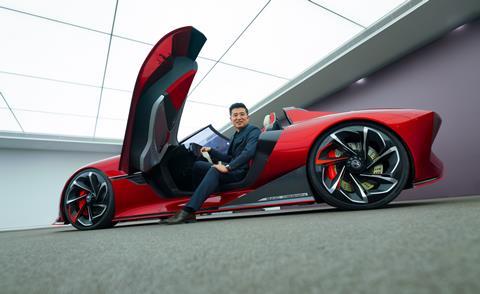

































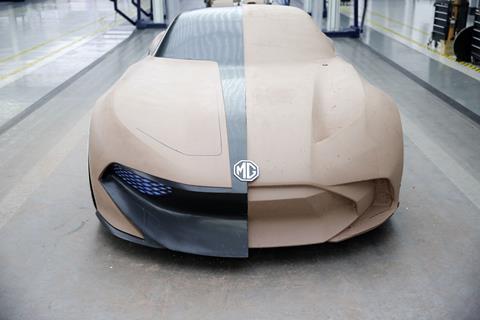



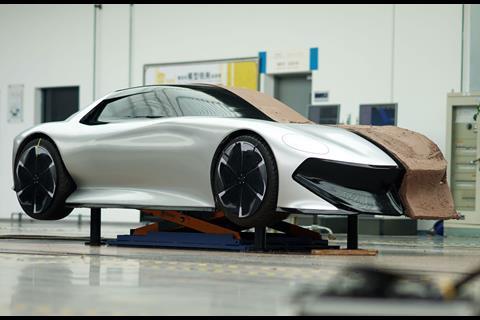

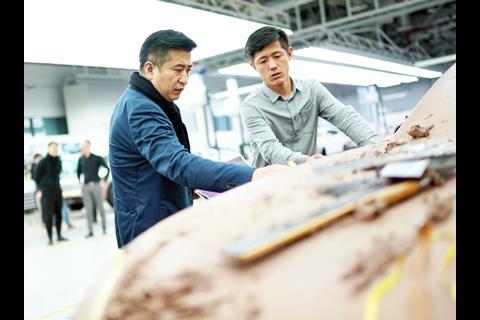



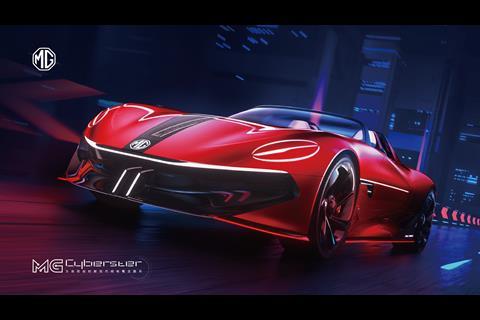
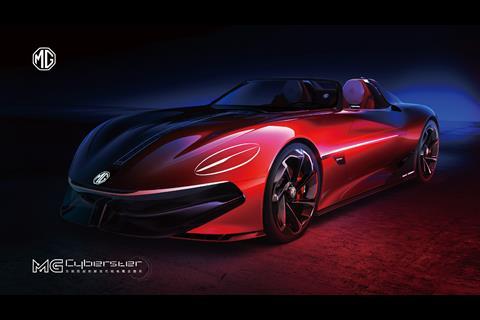

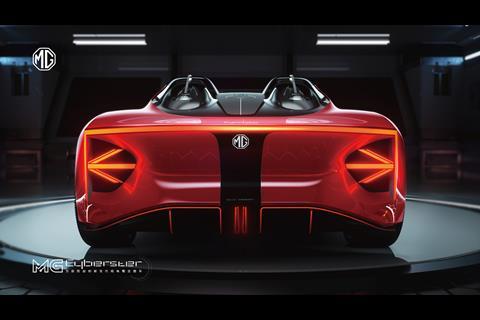



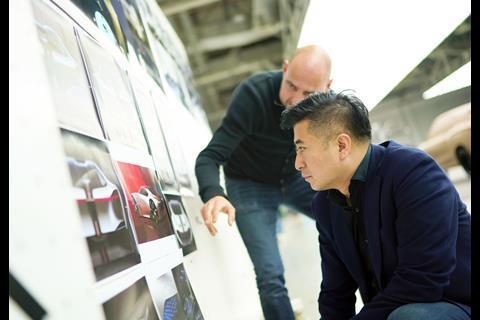
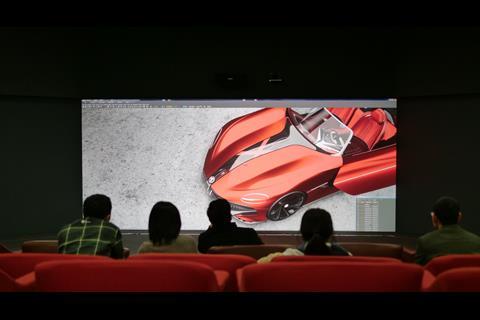


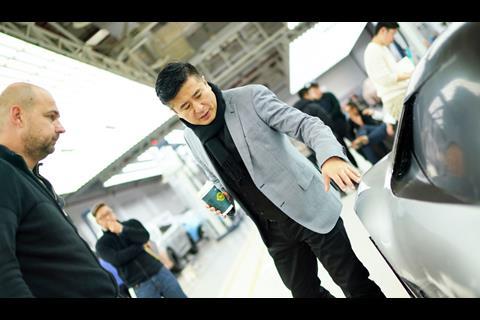

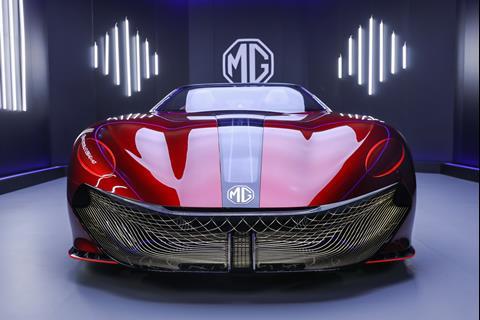
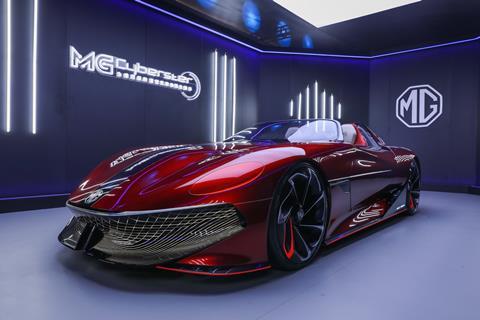
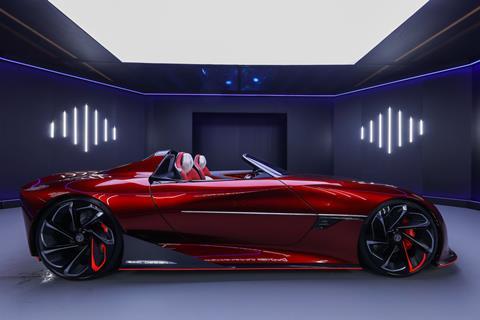


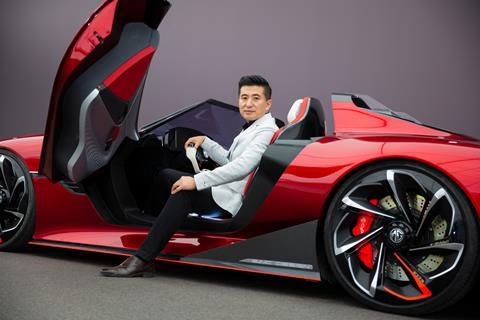
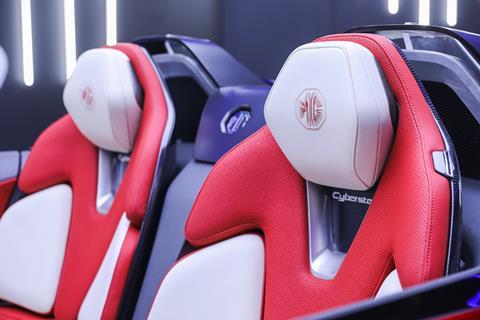
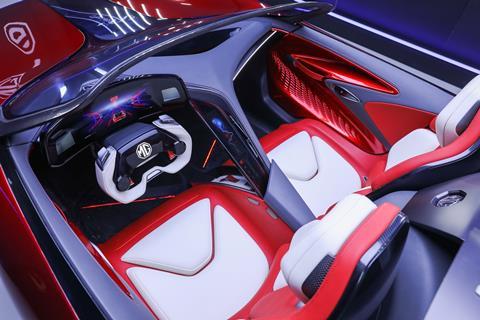


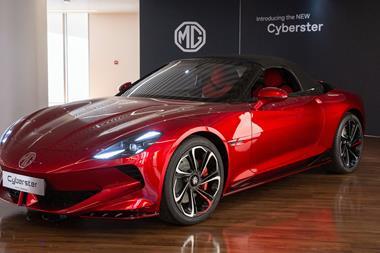

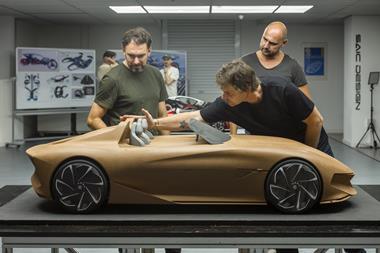





No comments yet